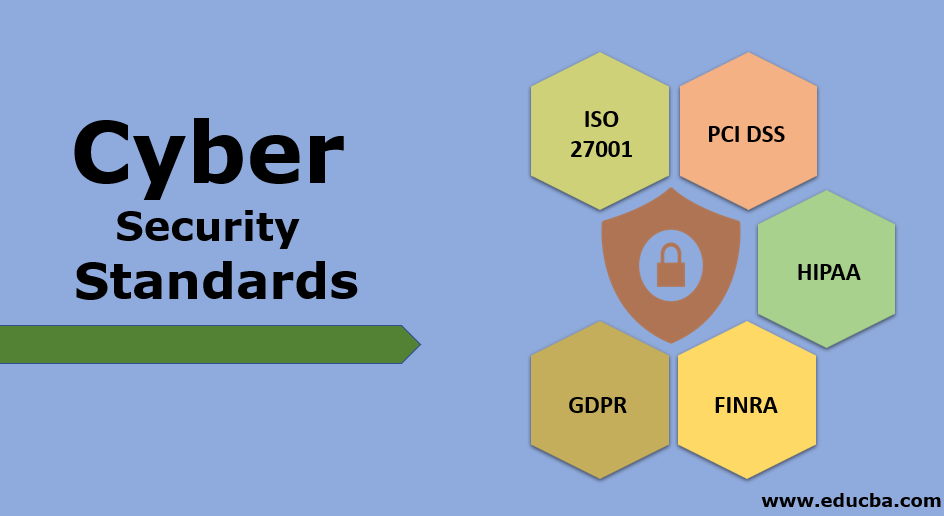In the rapidly evolving domain of cybersecurity, the concept of free standards emerges as a beacon amidst tumultuous digital waters. These standards, which are developed collaboratively and made accessible without charge, serve as pivotal cornerstones in the quest to safeguard sensitive data and systems. Understanding their essence goes beyond mere compliance; it delves into the very fabric of digital security and resilience.
The Genesis of Free Standards
Like the open sky that invites explorers to chart new territories, free standards in cybersecurity are born from the recognition that secure environments are a collective responsibility. These standards arise from a symbiotic alliance of industry experts, governmental bodies, and academia, meticulously stitching together best practices into comprehensive frameworks. By democratizing access to these protocols, organizations—from bustling startups to venerable enterprises—can fortify their defenses against an omnipresent threat landscape.
The Defining Characteristics
To grasp the significance of free standards in cybersecurity, one must first dissect their defining characteristics. These standards are:
- Accessible: Anyone can avail themselves of these guidelines, leveling the playing field for both seasoned giants and fledgling startups.
- Collaborative: They emerge from a consortium of stakeholders, fostering a spirit of cooperation that transcends singular interests.
- Adaptable: As threats evolve, so too do these guidelines, often updated to reflect the ever-changing cybersecurity landscape.
These attributes amplify the allure of free standards. They beckon organizations to embrace them not merely as checklists, but as frameworks for cultivating a robust security culture.
The Strategic Importance
The importance of free standards in cybersecurity cannot be overstated. Picture a fortress, surrounded by guards armed with the latest weaponry, yet bereft of any overarching strategy. Without standardized protocols, even the most technologically advanced defenses may crumble under a coordinated attack. Free standards provide the necessary strategic blueprint, outlining how to configure defenses, assess vulnerabilities, and create incident response plans.
Moreover, compliance with these standards invites enhanced trust from clients and stakeholders. In an age where data breaches dominate headlines, organizations that align themselves with established protocols signal their commitment to safeguarding customer data. This alignment transforms into a robust public relations asset, nurturing consumer trust and confidence.
Examples of Noteworthy Free Standards
A plethora of free standards exists within the cybersecurity landscape. Some of the more notable include:
- NIST Cybersecurity Framework: Developed by the National Institute of Standards and Technology, this framework helps organizations identify, protect, detect, respond, and recover from cybersecurity threats.
- ISO/IEC 27001: While this standard may involve some costs for certification, its foundational principles and guidelines for establishing, implementing, and maintaining an information security management system are available freely.
- OWASP Top Ten: This list brings clarity to common web application security vulnerabilities, guiding developers and organizations in implementing best practices.
These standards can evoke the image of a compass in a storm, guiding organizations safely through treacherous waters towards a secure haven.
Bridging the Skills Gap
The cybersecurity skills gap is a daunting challenge, akin to navigating an ever-widening chasm. Free standards serve not only to define best practices but also to provide an educational foundation for the next generation of cybersecurity professionals. By utilizing these standards, educational institutions can develop curricula that equip students with the tools necessary to tackle real-world security challenges. They cultivate a competent workforce poised to confront the increasingly sophisticated tactics employed by cybercriminals.
Furthermore, the accessibility of these standards empowers professionals seeking to augment their skill set. Through self-directed study, they can familiarize themselves with current practices and methodologies that are universally recognized across the industry.
The Role of Community in Free Standards
The development and evolution of free standards are inherently communal endeavors. They thrive through collaborative input, ongoing discussion, and feedback from practitioners, creating an ecosystem where diverse perspectives are woven together for a shared objective. This community-centric approach enhances the relevance and applicability of the standards, ensuring they capture the nuances of varying industries and contexts.
Moreover, forums and workshops dedicated to these standards offer opportunities for professionals to exchange knowledge. This collective intellect forms a rich tapestry that continuously evolves, reflecting the dynamism of the cybersecurity arena.
Challenges and Considerations
Despite their merits, the implementation of free standards is not without challenges. Organizations must grapple with the intricacies of embedding these protocols into their existing frameworks, often contending with legacy systems resistant to change. Additionally, the sheer volume of available standards can lead to confusion—highlighting the importance of discerning which standards are most pertinent to an organization’s specific context.
Moreover, while free standards provide a foundation, they are not a panacea. Organizations must complement these guidelines with bespoke policies and strategies that account for their unique risk profiles, operational contexts, and regulatory requirements. This ensures a tailored approach to cybersecurity that is robust yet flexible.
The Path Forward
As the digital landscape continues to shift and evolve, embracing free standards in cybersecurity is akin to donning armor against the relentless waves of cyber threats. They empower organizations to transcend mere compliance, transforming security practices into a holistic, proactive approach. The collective effort of creating and adhering to these standards enriches the cybersecurity fabric, fostering a culture of resilience and vigilance.
Ultimately, the pursuit of cybersecurity excellence is a journey best undertaken together. Free standards illuminate the path, guiding organizations in fostering secure environments that protect sensitive data while promoting trust and confidence in an interconnected world. The dialogue surrounding these standards is far from over, paving the way for innovations that safeguard our future digital realms.








Leave a Comment